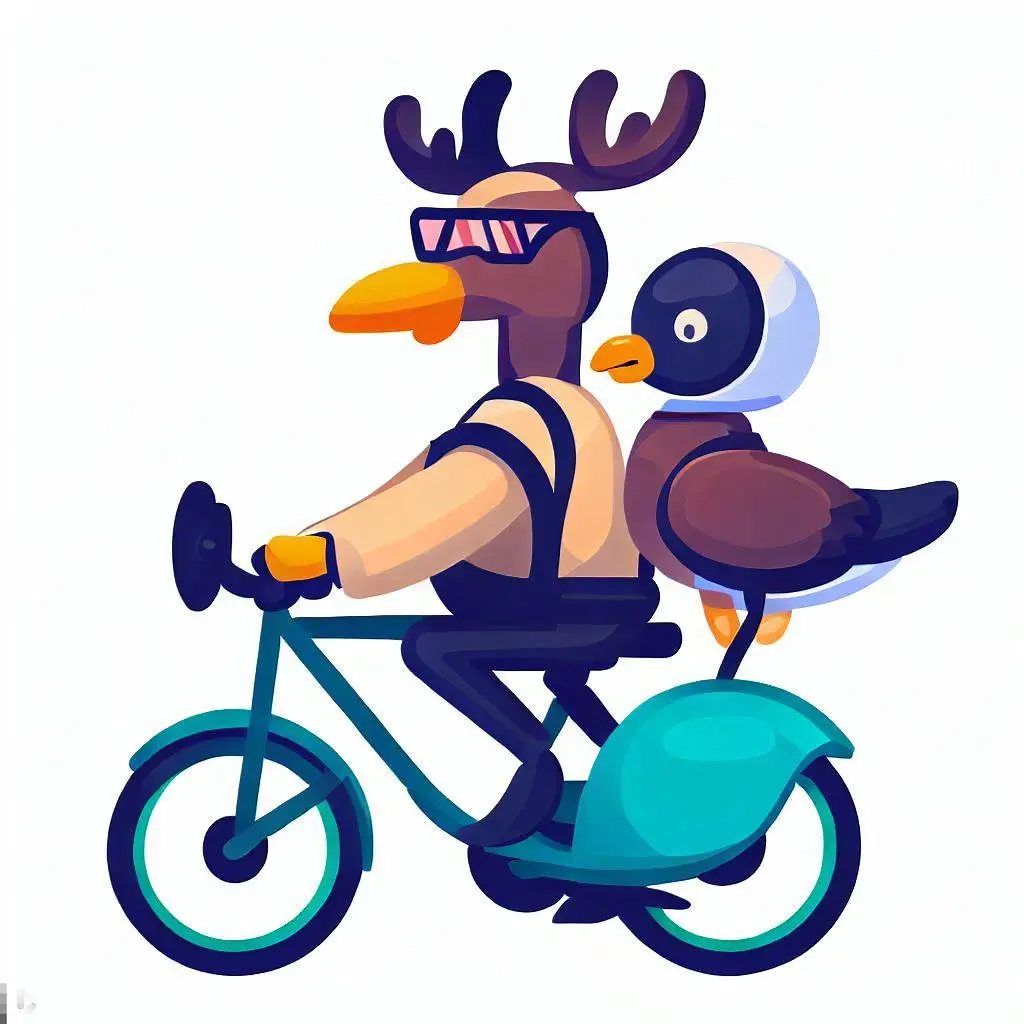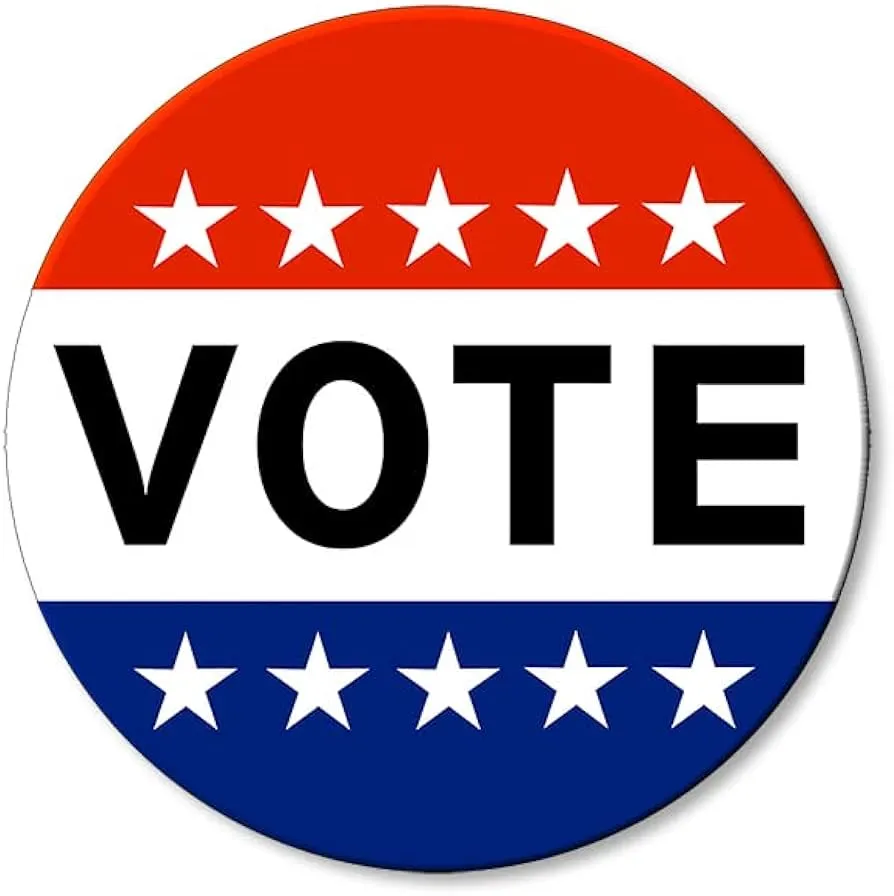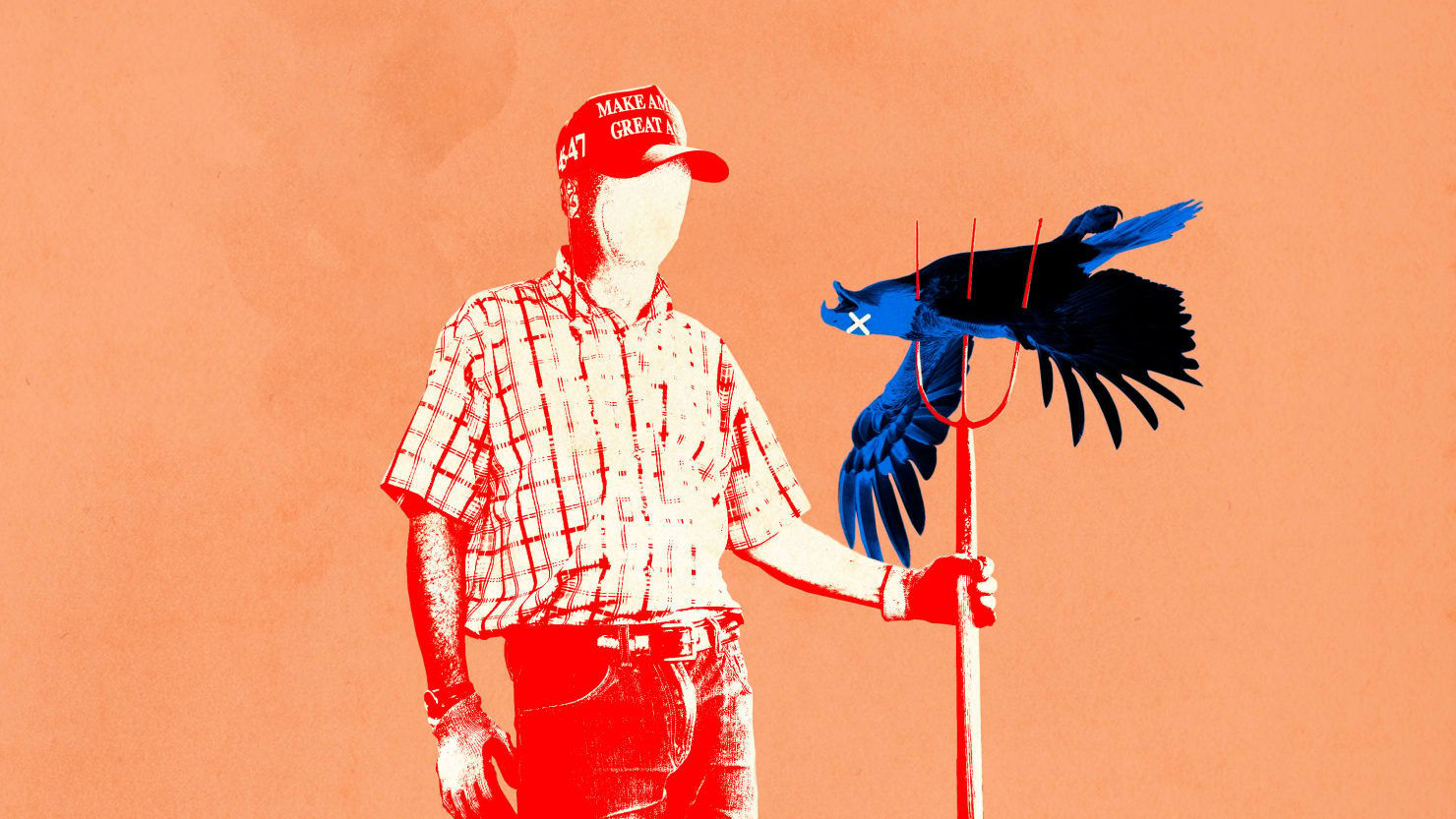- cross-posted to:
- [email protected]
- cross-posted to:
- [email protected]
In the popular imagination of many Americans, particularly those on the left side of the political spectrum, the typical MAGA supporter is a rural resident who hates Black and Brown people, loathes liberals, loves gods and guns, believes in myriad conspiracy theories, has little faith in democracy, and is willing to use violence to achieve their goals, as thousands did on Jan. 6.
According to a new book, White Rural Rage: The Threat to American Democracy, these aren’t hurtful, elitist stereotypes by Acela Corridor denizens and bubble-dwelling liberals… they’re facts.
The authors, Tom Schaller, a professor at the University of Maryland, Baltimore County, and Paul Waldman, a former columnist at The Washington Post, persuasively argue that most of the negative stereotypes liberals hold about rural Americans are actually true.



We should also get rid of the two party system by introducing a party chartered to only support or oppose things that multiple 3rd party polls find over one standard deviation from the norm support.
It’s insane that given a political distribution that’s normal for most topics we arbitrarily divide it into two halves rather than focusing on the center.
Even as someone who would fall to the left of the first standard deviation, I’d much rather live in a world where there was consistent stability around the norms as I fought to move the social norms in my preferred direction over time than live in a world where there’s a 50% chance of Nazis being a thing again.
A significant majority of the county agrees on a surprisingly broad number of major topics, and yet we’re divided into two camps currently being driven more and more by outspoken fringes that represent less and less of the general population, with everyone else falling in line out of a greater fear of the “other team.”
You are seriously underestimating just how many people don’t have smartphones (22.5 million eligible voters in the US). A number of your other suggestions are good, but the idea of all digital voting needs at least some form of backup option for people who either have hardware access issues or digital competency issues.